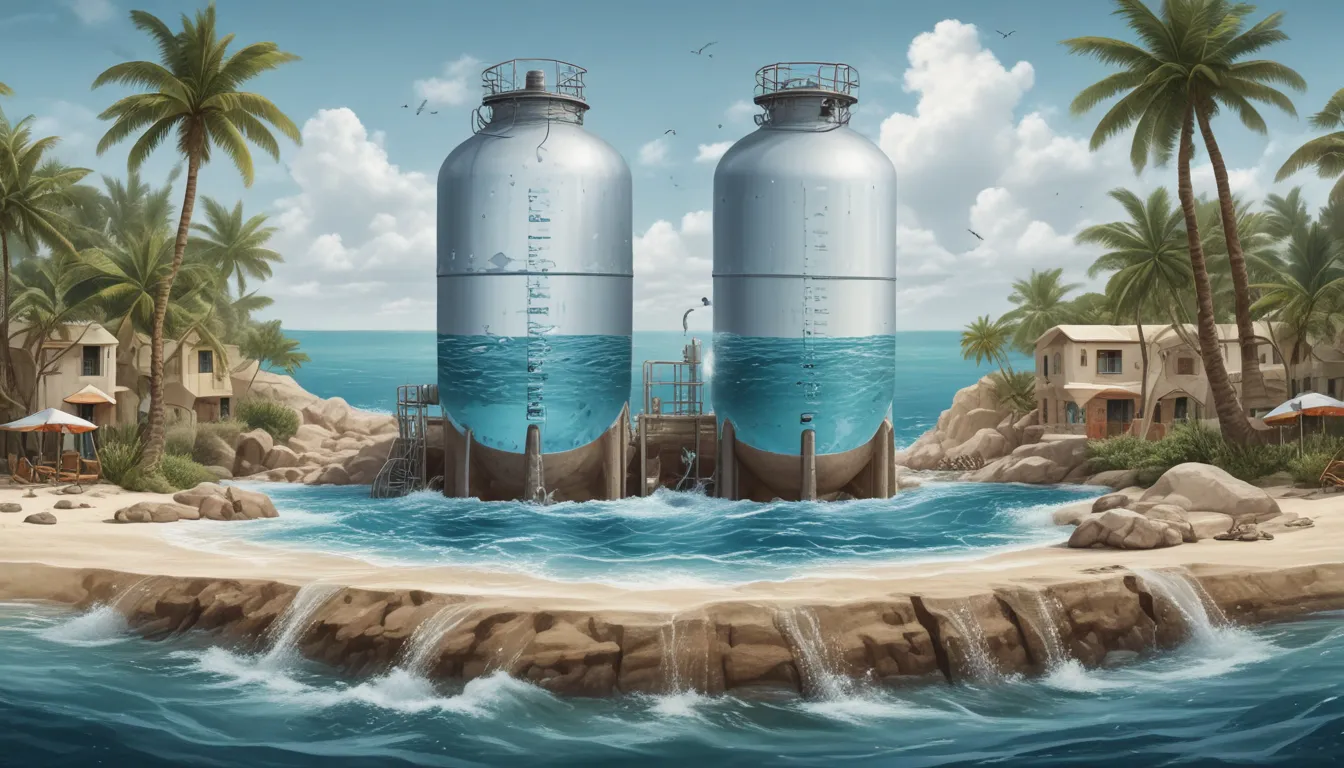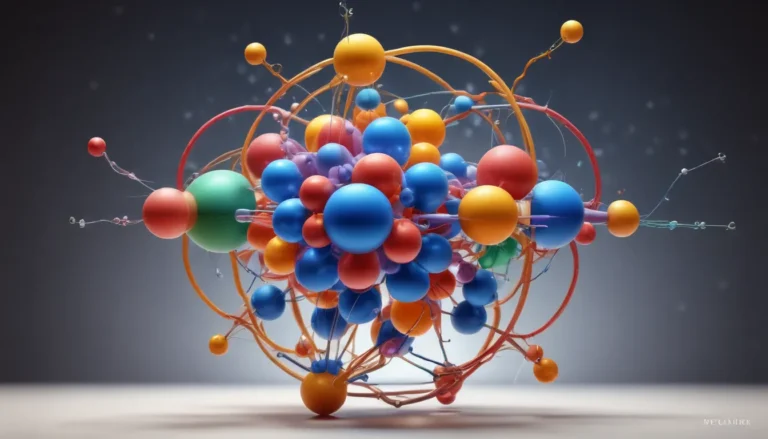A Note About Images: The images used in our articles are for illustration purposes only and may not exactly match the content. They are meant to engage readers, but the text should be relied upon for accurate information.
Desalination, the process of transforming salty seawater into drinkable freshwater, has become a critical solution in the face of global water scarcity. As the demand for fresh water continues to rise, desalination offers a sustainable source of clean water for both urban and rural areas. In this comprehensive guide, we will explore the fascinating world of desalination, shedding light on its impact, methods, and potential for addressing the pressing challenges of water shortage. Join us on this journey as we uncover the remarkable insights behind this vital process.
The Fundamentals of Desalination
Desalination is a crucial process that provides fresh water in areas where clean water is scarce. By removing salt and impurities from seawater, desalination makes it possible to produce drinkable water from the abundant resource of the ocean. This innovative technology has become a lifeline for communities struggling with water scarcity, offering a reliable source of clean water for drinking, farming, and industries.
Exploring Desalination Around the World
Desalination plants can be found all around the world, from the Middle East to the United States. These plants play a vital role in meeting the water needs of communities and industries, especially in regions facing water scarcity. From coastal areas to arid regions, desalination technology has been a game-changer in providing access to clean water where traditional sources are limited.
The Ancient Roots of Desalination
While modern desalination plants utilize advanced technology, the concept of desalination has been in practice for centuries. Ancient civilizations used rudimentary methods to remove salt from seawater, highlighting the enduring importance of this process. Today, the legacy of history has paved the way for cutting-edge desalination techniques that continue to revolutionize water management around the globe.
Methods of Desalination: Distillation and Reverse Osmosis
Desalination can be achieved through various methods, with distillation and reverse osmosis being the most common. These techniques involve the separation of salt and impurities from the water, resulting in the production of freshwater for consumption and other uses. Each method has its advantages and limitations, contributing to the diverse landscape of desalination technology.
The Versatile Uses of Desalinated Water
Freshwater obtained from desalination serves multiple purposes, including providing clean drinking water, supporting agricultural irrigation, and meeting the demands of various industries. This versatile resource plays a crucial role in sustainable development and growth, offering a reliable source of water for diverse needs.
Addressing Water Scarcity with Desalination
In regions with limited freshwater sources, desalination offers a practical solution to water scarcity. Coastal areas, in particular, benefit from desalination as it taps into the vast seawater reserves to meet the needs of the local population and economy. By leveraging desalination technology, communities can alleviate water scarcity and secure a sustainable water supply for the future.
Environmental Considerations of Desalination
While desalination provides a vital water source, it also raises environmental concerns. The disposal of concentrated brine, a byproduct of the process, and the energy requirements of desalination plants are important factors to consider in sustainable water management. Efforts are being made to address these challenges and minimize the environmental impact of desalination practices.
Advancements in Desalination Technology
Ongoing research and development in desalination technology are focused on enhancing efficiency and sustainability. Through innovations in energy-efficient processes, utilization of renewable energy sources, and the development of more sustainable desalination practices, the industry is working towards making desalination a more accessible and eco-friendly solution for addressing water scarcity.
Securing Water for Future Generations
As global water demand continues to rise, desalination stands as a critical pillar of water security. By providing a reliable source of freshwater, desalination supports the needs of growing populations and helps mitigate the impacts of water scarcity on communities and ecosystems. Integrating desalination into comprehensive water management strategies is essential for achieving sustainable water security and resilience.
Conclusion: A Sustainable Future with Desalination
Desalination is a vital process that offers hope in the face of water scarcity. With advancing technology and sustainable practices, desalination is becoming more efficient and cost-effective, paving the way for a reliable and eco-friendly water supply for future generations. By prioritizing innovation and environmental stewardship, we can harness the potential of desalination to ensure a sustainable water future for all.
FAQs
-
What is desalination?
Desalination is the process of removing salt and other impurities from seawater to produce fresh water suitable for human consumption and irrigation. -
What are the main methods of desalination?
The main methods of desalination include reverse osmosis, thermal distillation, and electrodialysis. Each method has its advantages and limitations. -
Is desalinated water safe to drink?
Yes, desalinated water is safe to drink after undergoing the necessary treatment and quality testing to ensure it meets drinking water standards. -
What are the environmental concerns related to desalination?
The environmental concerns include the disposal of brine, energy consumption, and the impact on marine ecosystems. Efforts are being made to address these challenges through sustainable desalination practices. -
How does desalination contribute to water sustainability?
Desalination plays a crucial role in providing a reliable source of fresh water, especially in arid regions where traditional water sources are limited. It helps mitigate water scarcity and supports agricultural and industrial needs. -
What are the future prospects for desalination technology?
The future prospects for desalination technology involve advancements in energy-efficient processes, utilization of renewable energy sources, and the development of more sustainable desalination practices to minimize environmental impact.
In Closing
Desalination is not just a process; it is a solution that offers hope and resilience in the face of water scarcity. By embracing innovation, sustainability, and responsible stewardship of our water resources, we can ensure a brighter, water-secure future for all. Join us in the journey towards a world where clean, drinkable water is accessible to every community, every industry, and every individual. Together, we can unlock the power of desalination and create a sustainable legacy for generations to come.





